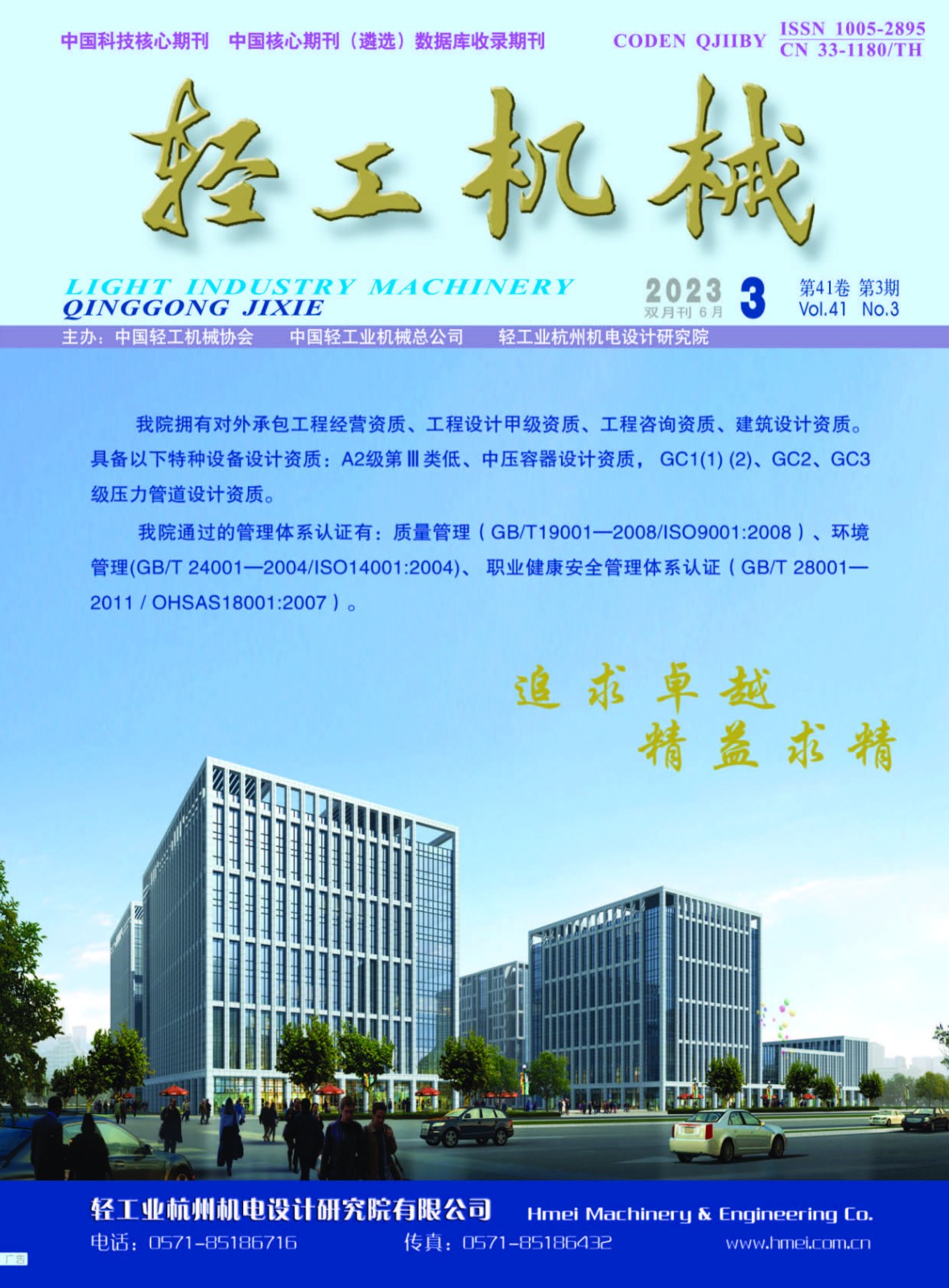| 刘全景, 刘禹.增材制造技术在陶瓷制备中的应用[J].轻工机械,2021,39(6):1-5 |
| 增材制造技术在陶瓷制备中的应用 |
| Application of Additive Manufacturing Technology in Ceramic Preparation |
| |
| DOI:10.3969/j.issn.1005 2895.2021.06.001 |
| 中文关键词: 增材制造 陶瓷制备 胶体加工 陶瓷致密性 粘结剂喷射 |
| 英文关键词:AM(additive manufacturing) ceramic preparation colloidal processing ceramic compactness binder jetting |
| 基金项目: |
|
| 摘要点击次数: 1112 |
| 全文下载次数: 816 |
| 中文摘要: |
| 笔者综述了5种应用较为广泛的增材制造技术在陶瓷材料制造方面的应用发展,鉴于不同增材制造技术对原材料的局限性,均需要对陶瓷生坯后处理以增强其性能。其中:立体光固化成型法通过在陶瓷树脂中添加纤维、纳米管等方式提高陶瓷强度,但高固相单一组分陶瓷树脂的制备依然是一个研究热点;选择性激光烧结(selective laser sintering,SLS)/选择性激光熔融(selective laser melting,SLM)技术通过高低熔点双陶瓷打印和后期浸渗处理解决孔隙问题,但由于热量传递的不确定性,打印精度问题则大大制约SLS/SLM技术的发展;粘结剂喷射技术通过使用流动性好的粉体和高润湿性的粘结剂来制备致密陶瓷,但其打印过程较为复杂,各打印参数的相互配合依然有待提高;熔融沉积成型技术可打印具有生物相容性的陶瓷体,被应用在生物医疗方面,但如何实现复杂结构人骨的打印及3D模型准确构造有待进一步地研究;数字光处理技术因其打印精度高被应用于小而结构复杂的陶瓷体打印,但其打印光强较低,因此提高设备性能和研究固化波长较宽的高固相浆料是今后研究、改进的方向。 |
| 英文摘要: |
| The application development of five widely used additive manufacturing technologies in ceramic material manufacturing were introduced. In view of limitations of different additive manufacturing technologies on raw materials, post treatment of ceramic green body was needed to enhance its properties. Among them stereolithography improved the strength of ceramics by adding fibers, nanotubes to ceramic resin,but high solid single component ceramics preparation of resin is still a research hotspot. Selective laser sintering/melting technology solved the problem of pores through high and low melting point dual ceramic printing and post impregnation treatment, but due to the uncertainty of heat transfer, printing accuracy issues greatly restrict SLS/SLM technology; binder jetting technology prepared dense ceramic by using a powder with good fluidity and a binder with high wettability, but its printing process is more complicated, so the coordination of its various printing parameters still needs to be improved; fused deposition molding technology can print biocompatible ceramic bodies used in biomedical applications, but how to achieve the manufacture of complex human bones and the accurate construction of 3D models remains to be studied; digital light processing technology is applied to small and complex structures due to its high printing accuracy ceramic body printing, but its printing light intensity is low, so improving the performance of equipment and studying the high solid phase slurry with a wider curing wavelength are two research directions that need to be improved. |
| 查看全文 查看/发表评论 下载PDF阅读器 |
| 关闭 |












